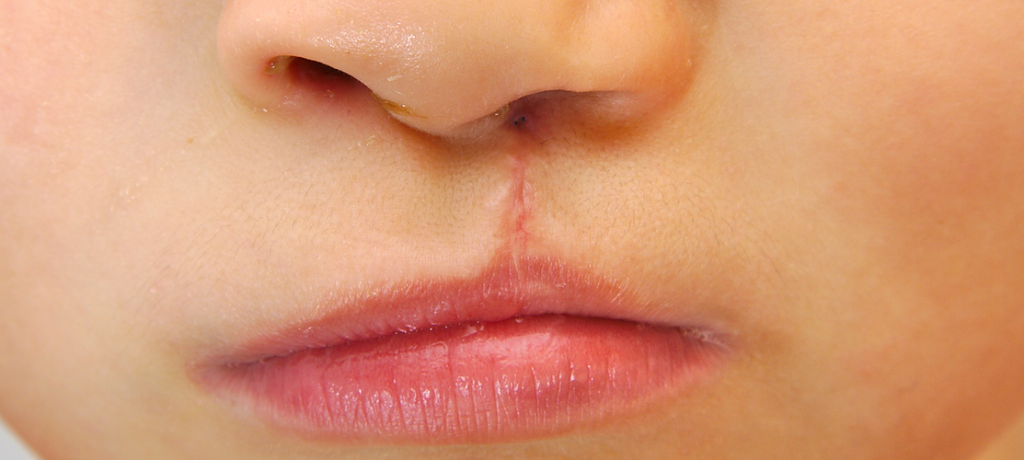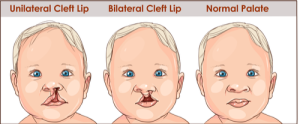Information Library
Start Reading

The word “craniofacial” refers to the head, skull, face, neck, and jaws. A cleft lip and palate is one of the most common birth defects that affect the face, occurring in about 1 of 700 live births worldwide.
Craniofacial disorders are a deeply personal matter, and can be difficult to discuss. This July, we’re promoting cleft and craniofacial awareness month to provide more information about the disorders that can affect this region, and how to better understand them.
 While cleft lip and palate is one of the most common and well-known birth defects, there exist other, more rare conditions that affect the craniofacial facial region. Most affect how a person’s head or face develops. The Centers for Disease Control and Prevention (CDC) estimates that 2,650 babies are born with a cleft palate and 4,440 are born with a cleft lip each year.
While cleft lip and palate is one of the most common and well-known birth defects, there exist other, more rare conditions that affect the craniofacial facial region. Most affect how a person’s head or face develops. The Centers for Disease Control and Prevention (CDC) estimates that 2,650 babies are born with a cleft palate and 4,440 are born with a cleft lip each year.
Cleft and craniofacial conditions result from an aberration in the baby’s development in the womb, whether that’s because of a genetic syndrome, or environmental factors relating to the mother’s health during pregnancy. It could be an isolated phenomena or one aspect of an inherited disease.
At the beginning of any pregnancy, there is a split (cleft) between each side of the lip and the roof of the mouth (palate). Normally, they conjoin during the 6th and 11th week of pregnancy. When this doesn’t happen, a baby is born with cleft lip or cleft palate.
Cleft palate describes a condition in which the two plates of the skull that form the roof of the mouth (or “hard palate”) are not completely joined. Many times, babies born with cleft palate also have cleft lip, an opening or gap in the upper lip. Usually, the cleft is only present in the upper lip but in some cases it can affect the bottom lip.
Depending on the severity of the condition, several surgeries should be required before the issue is fixed. The prosthodontists and surgeons at Penn Dental Medicine’s Oral & Maxillofacial Surgery Clinic provide consultation, diagnosis, surgical treatment, and ongoing management of orofacial conditions at affordable rates.
Because of its impact on the entire facial structure, a craniofacial disorder can cause problems with eating, speaking, and hearing, as well as frequent ear infections. For this reason, patients at Penn Dental Medicine receive a wide range of care as part of a comprehensive plan. Even after successful surgery, children may experience delays in speech and language development. Our comprehensive approach involves doctors and therapists from different disciplines to support your child in all aspects of their development.
For Cleft and Craniofacial Awareness month, we want to give parents and families the opportunity to learn more about orofacial disorders and available treatments. Here, we’re leaving you with a few excellent resources on this important topic: